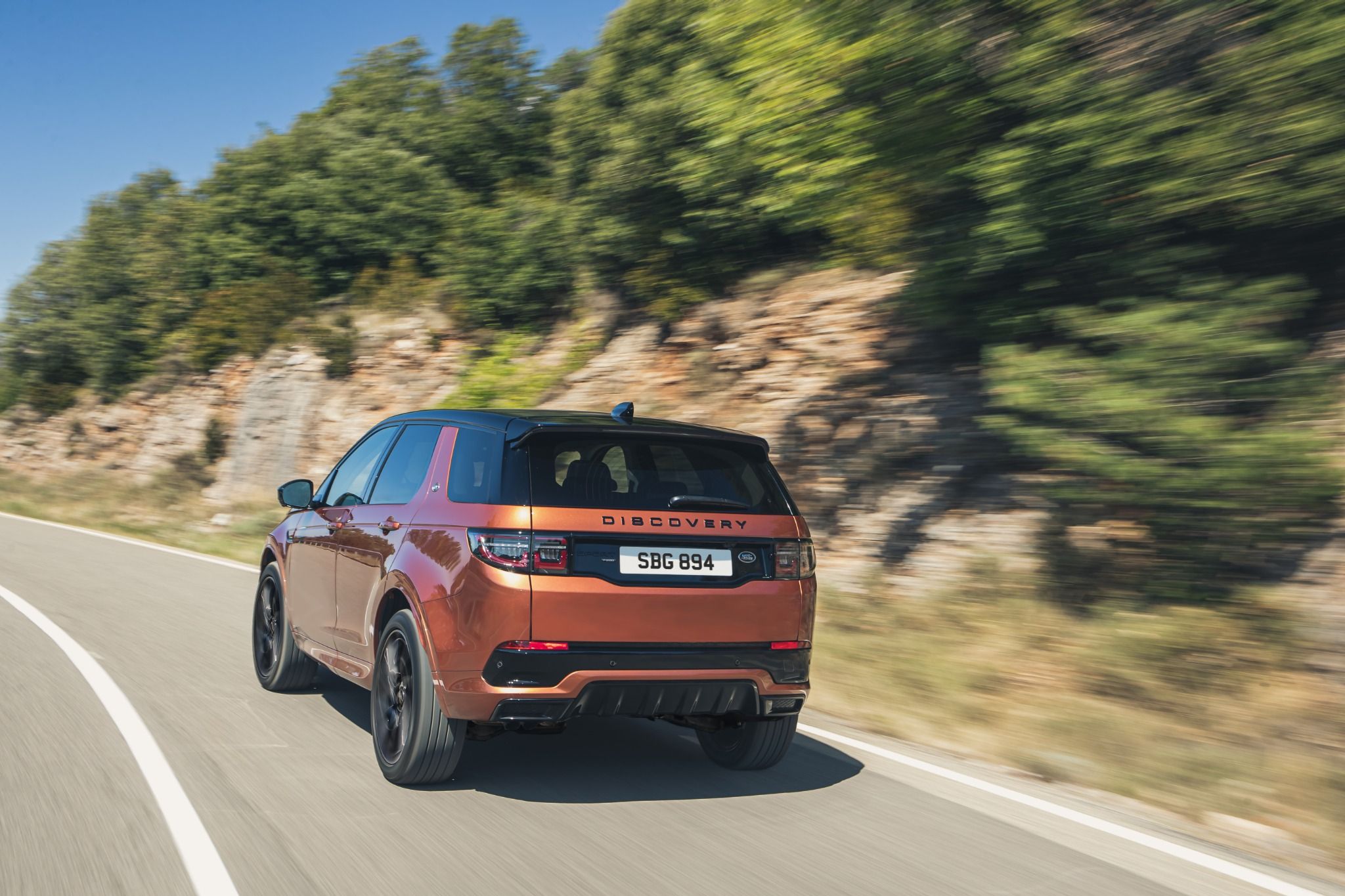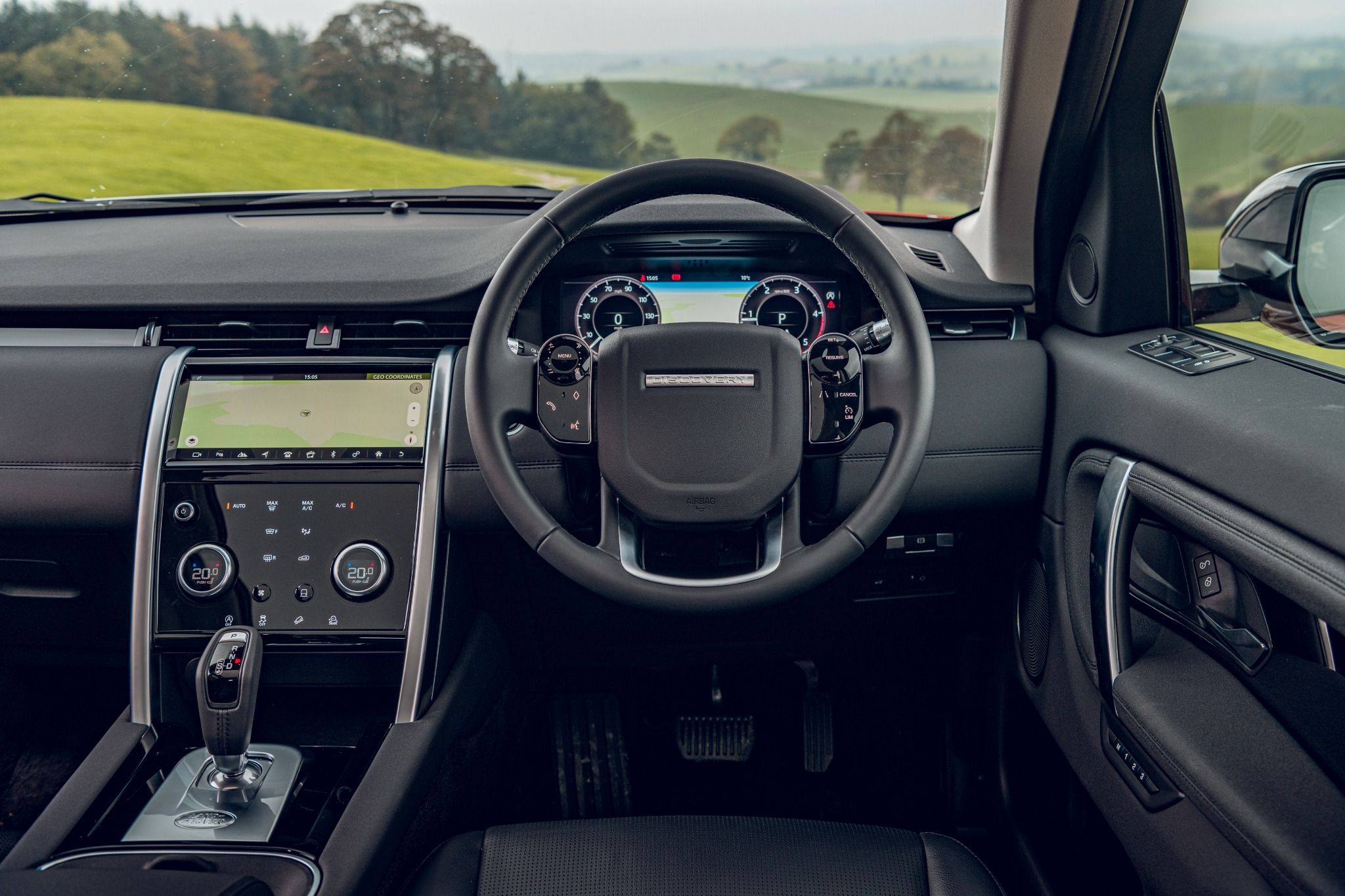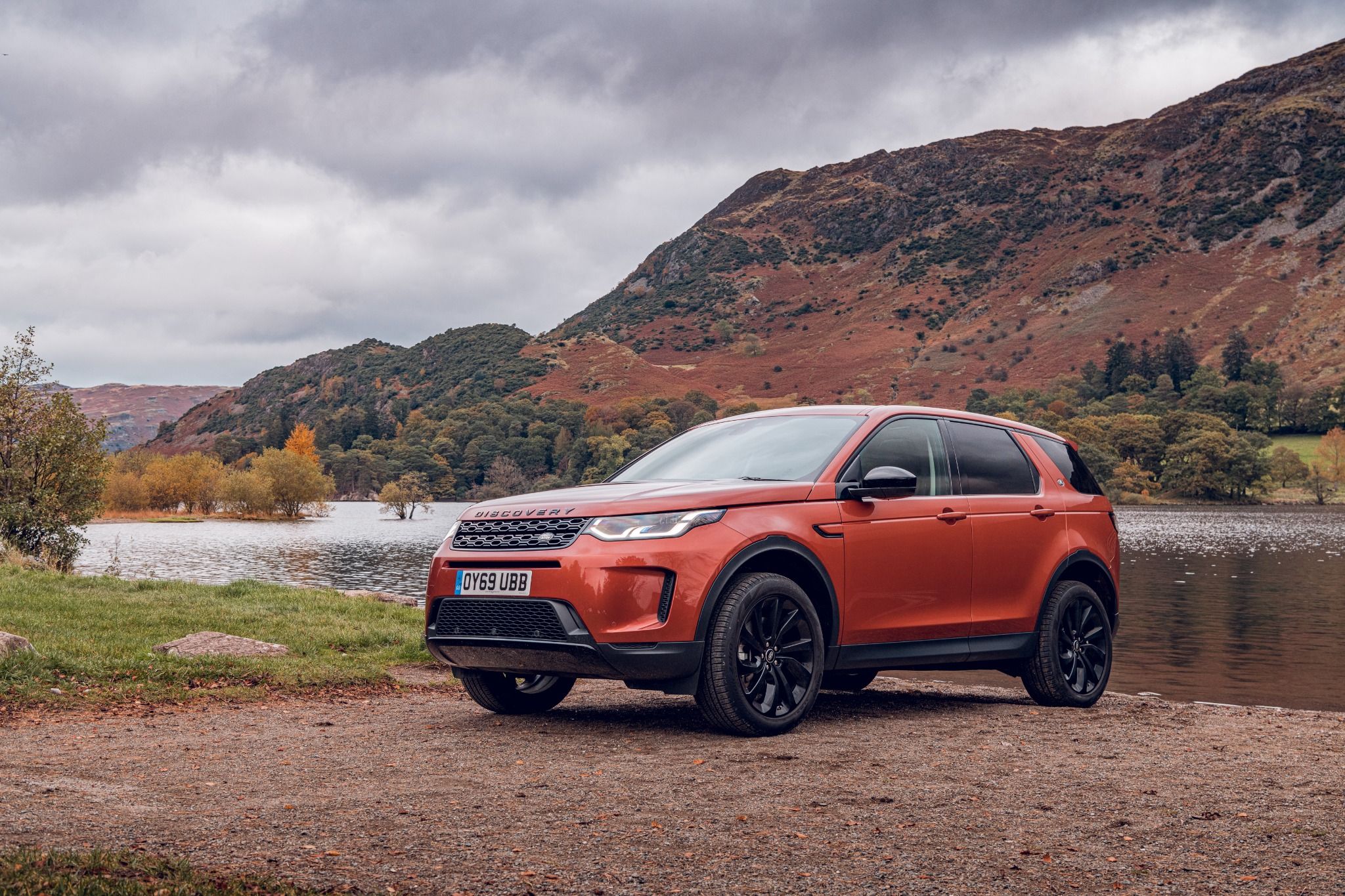
What is it?
The Discovery Sport has been a huge hit for Land Rover. Taking over from the ageing Freelander, the Discovery Sport brought a lot of premium features into a good looking and nice-to-drive package. Needless to say, Land Rover isn’t going to rest on its laurels, which is why it has introduced a revised version.
But rather than some skin-deep facelift, this latest Disco Sport sits on a new platform and features a range of new engines. Let’s take a look at what else it has to offer.
What’s new?
Given how closely the new Discovery Sport resembles its predecessor, you could be fooled into thinking that not a lot had changed. However, it sits on a new platform - much the same as the one that underpins the latest Evoque - while mild-hybrid assistance has been introduced across the range of powertrains to help with emissions.
There are a load of new interior features - which we’ll get to shortly - but, most importantly, the Discovery Sport retains its useful seven-seater layout.
What’s under the bonnet?
This particular Discovery Sport uses a 2.0-litre turbocharged petrol engine with 201bhp and 430Nm of torque, driven to the wheels through an automatic gearbox. It’s enough power to send the Disco Sport from 0-60mph in 8.3 seconds and onwards to a top speed of 117mph.
Land Rover claims that you should see up to 41.4mpg, too, alongside CO2 emissions of between 179-191g/km depending on wheel size.
What’s it like to drive?
You get a refined experience from behind the wheel of a Discovery Sport. At speed, it’s quiet and calm, though a small amount of wind noise does interrupt the otherwise hushed cabin. Request more from the engine and it can become a little vocal, but it doesn’t feel too out of the ordinary.
Driving at lower speeds reveals a tendency for the Discovery Sport to crash through potholes and lumps, though a by-product of this is that it keeps body roll well in check through the bends.
How does it look?
It’s no bad thing that this new Discovery Sport looks a lot like the older one as it was already a good-looking thing. The tweaks made to the new model, however, really do sharpen things up and help to bring it closer into line with the appearance of the larger Discovery. In fact, they both look extremely similar now.
All cars tend to ride on large wheels, too, but this is a classic JLR hallmark and something we’ve noticed on nearly all of the firm’s cars.
What’s it like inside?
There’s plenty of space to take advantage of in the Discovery Sport, while the cabin, in general, is trimmed in all manner of high-end materials. The front seats are well-padded and comfortable, with a good level of adjustment.
All manner of cubbies and holders show how family-focused this car is, while the ability to seat seven is a genuinely useful one. Those rearmost seats are quite compact, mind you, and will only be comfortable for adults to use over shorter distances. They’ll be fine for kids, however.


What’s the spec like?
Our test car came in R-Dynamic SE specification, bringing features such as Land Rover’s excellent Pivi Pro infotainment system, alongside both Apple CarPlay and Android Auto. It’s a big step forward over the previous Discovery Sport’s system both in terms of ease-of-use and clarity.
An interactive driver display replaces the conventional dials ahead of the driver and there are other high-end features such as a panoramic sunroof and 12-way electrically adjustable heated seats.
Verdict
This update will only serve to increase the popularity of the Discovery Sport. The addition of mild-hybrid technology definitely adds to the car’s eco credentials while the smartly-finished interior builds on its premium feeling even further.
A plug-in hybrid version is available for those after rock-bottom fuel costs, but even these regular diesel variants will no doubt find a lot of favour with all manner of drivers.